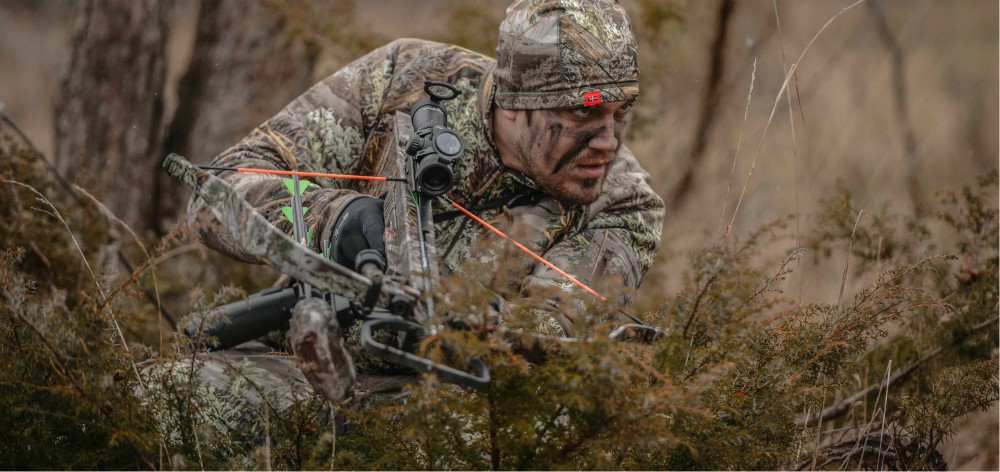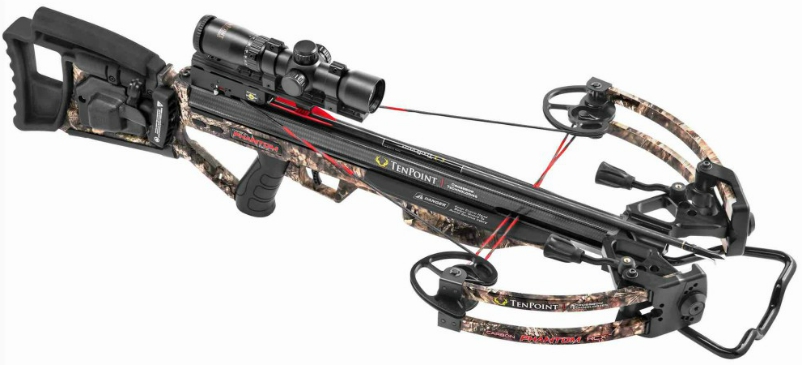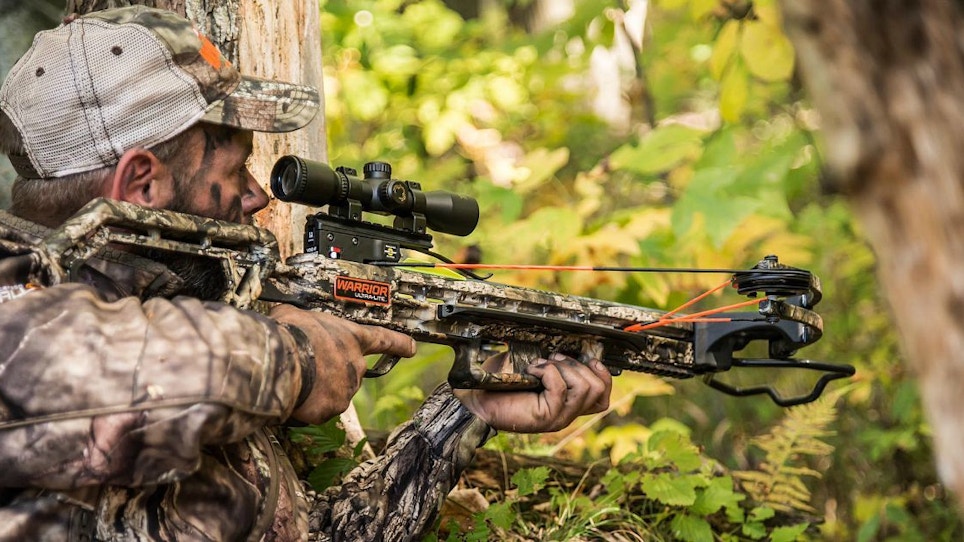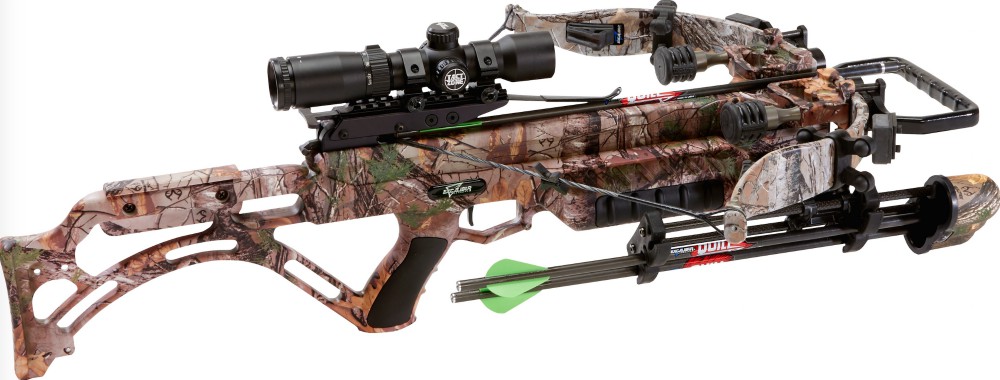There’s a trend in the crossbow world where manufacturers have lined up in a race to break speed records. Let’s face it — speed sells. I’ve been caught up in the hype before, with both vertical and horizontal bows, trying to find the fastest possible weapon to flatten my trajectory. The speed sensation has changed archery drastically, and if you think back to your first bow and compare it to what you use now, there is surely a noticeable difference.
The speed revolution is quickly swallowing up the archery world. If you follow social media, you have likely seen people using crossbows to shoot their iPhones at ridiculous ranges while others pull off circus-type shots at insane distances with their vertical rigs. We, as hunters, create the need for speed, and our demand fuels the engineers’ desires to scratch our itch, so to speak. However, if it’s speed you’re after, be forewarned that it isn’t free. These hot rigs require regular maintenance and consistent practice if you’re going to wring everything from them they have to give.
Technology
Seeing some of the modern crossbow technologies and the speeds they produce is exciting. I recently fingered the trigger on a new speed demon and watched my bolt fly 100 yards to the target with jaw-dropping speed and accuracy. For me, 100 yards is way too far to shoot ethically at an animal — part of the joy and attraction of crossbow hunting is getting close and pressing my hunting skills to their limit — but it sure was cool. The bow, of course, was equally as accurate at ranges under 100 yards and would be a solid hunting weapon.
What’s the Cost?
Horizontal rigs renowned for their radar-busting fps need to be carefully monitored for string wear, cracked limbs and anything else that could cause issues when in use. Several speed-bow manufacturers recommend a full factory refurbish every 200 shots. Proper maintenance is important to the longevity of your crossbow, but if you want flat-shooting bolts and the newest technology, it is going to cost you some serious coin.
Maintaining equipment is paramount to safety, and if time is limited, the cost of a regular tune-up is no different than servicing your vehicle. The purchase price of speed bows is also steep. After all, you’re purchasing a Cadillac, not a simple sport utility vehicle.
Bolts and Broadheads
Some crossbow enthusiasts opt to obtain more speed by going to lighter bolts and broadheads. We’ve seen similar trends in the vertical bow arena over the years, and anyone who has drawn a bow for several decades likely remembers the overdraw craze. It had its place, teaching us all about speed and kinetic energy, and we moved on. One main reason to use a crossbow is to achieve greater penetration and fast kills. Lighter bolts reduce kinetic energy and often hinder penetration at extended distances, one reason most crossbow makers recommend not using bolts weighing less than 350 grains.

Short and fat, crossbow bolts lose speed quickly downrange. A reduction in speed means a dip in kinetic energy. For hunting, the author recommends a maximum shot distance of 50 yards.
Know Your Limitations
Remember, crossbow bolts are short and heavy, meaning they shed speed rapidly downrange regardless of how fast they leave the bowstring. I’ve hunted many critters with a crossbow. It’s an effective hunting tool with its own list of pros and cons. A crossbow is generally quick and easy to set up and use. It is much easier to sight-in and become consistently accurate with than a compound bow. However, I still don’t feel it is a bow I want to try to shoot anything with over 50 yards, even under the best circumstances.
Pushing speed to record-setting numbers could provide the ability to hit your target at longer distances than with a compound bow, but I’m not convinced it provides greater hunting range. I will say, the advantages at shorter ranges are substantial. There is less opportunity for animals to jump the string as your bolt flies relatively flat, meaning you don’t have to be as particular at estimating, or knowing, the precise distance to the animal. However, once you get over 30 yards with an animal like a whitetail, it is hard to shoot a crossbow and not have the animal react with a string-jumping lunge.
Find the Balance
With faster crossbows hitting the market, some may wonder if it’s time to trade up or look at only the newest, fastest technologies. My advice: Don’t throw the baby out with the bathwater. For many archers, there is a balance in how a crossbow performs and how easy it is to use. Consider draw weight, power stroke and arrow speed to find the optimal arrow flight for hunting situations.
Draw Weight
Some of the extreme speed bows require a crank cocking aid, as you’d have to look like the Incredible Hulk to draw the limbs with a rope cocking device. The higher draw weights also shorten the life of your bow, causing stress and strain, even over short periods of time. Some crossbow manufacturers recommend not leaving a crossbow cocked for more than 20 minutes at a time, which isn’t very conducive to sitting in a stand and quietly waiting for a deer for the day (and provides another reason to read the manual online before making a purchase). Most companies recommend not leaving a crossbow cocked overnight.
Power Stroke
The power stroke, which some refer to as draw length, is a big part of the equation when it comes to balancing speed and performance. The longer the power stroke, the less energy you need from draw weight. The new TenPoint Phantom (right) is a good example. With just a 140-pound draw weight it produces a raw arrow speed close to 385 fps. New technologies come into play with the reverse-draw cams, which create an increased power stroke. The result is a bow that is easy to use and shoot, and is still darn fast.
On the other end of the spectrum is the Excalibur Micro Suppressor (below). It features a 280-pound draw weight and a mere 10.2-inch power stroke that propels bolts at 343 fps. With recurved limbs, it offers another option to those looking for more traditional equipment, or those who understand the benefits of recurved limbs. It might be a lot of weight to cock the bow, but it’s only over a short distance.
No matter what crossbow you decide to use, get comfortable shooting 30 or 40 yards consistently and accurately. You can even go to 50 if you really want to push the envelope. Heavier bolts and kinetic energy are not things you want to give up with your crossbow.







